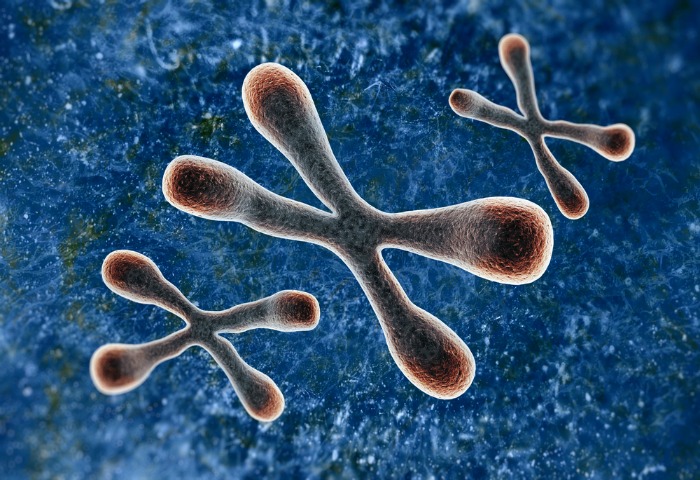To explore the role of sirtuins in endothelial cells which line insides of blood vessels researchers deleted the gene for SIRT1 which encoded the major mammalian sirtuin within mice endothelial cells, and found that these mice had reduced capillary density at 6 months of age and could only run at half the speed as normal mice of the same age. Next researchers boosted sirtuin levels in normal mice as they aged with a compound called NMN which is a precursor to NAD which is a coenzymes that activates SIRT1. With age levels of NAD decrease, this is thought to be caused by a combination of faster NAD degradation and decreased NAD production. For two months 1.5 year old mice were treated with NMN and their capillary density was restored to levels typical of young mice, and displayed 56-80% endurance improvements; researchers also observed beneficial effects in mice up to 2.8 years old which is comparable to humans in their 80s. Effects were enhanced when mice were treated with both NMN and hydrogen sulfide which is another sirtuin activator.
SIRT1 activity in endothelial cells was found to be critical for beneficial effects of exercise in young mice. Exercise typically stimulates growth of new blood vessels and boosts muscle mass, when SIRT1 was knocked out of the endothelial cells with 10 month old mice that were on a 4 week running program exercise did not produce the gains seen in normal mice.
If these finding can be validated in humans it would suggest the boosting sirtuin levels may help the older population retain muscle mass with exercise, and it may be possible to rescue muscle mass in the aging population with NAD precursor intervention. Human studies show that age related muscle loss can be partially staved with exercise and weight training.




